India is a land of festivals. Every few weeks, there’s something to celebrate, and each festival comes with its colors, flavors, and stories. But among all the vibrant celebrations, Krishna Janmashtami holds a special place in the hearts of millions. It’s the night when Lord Krishna, one of the most beloved and playful deities in Hinduism, was born.
As 2025 approaches, devotees eagerly await Janmashtami, which falls in the holy month of Shravan this year. But have you ever wondered why Janmashtami is celebrated in Shravan? Is there something special about this month? Let’s take a delightful journey through time, mythology, and tradition to understand the beauty and significance of this occasion.
The Story Behind Janmashtami: A Divine Birth in the Darkness of Night
More than five thousand years ago, the world was going through a dark phase. Injustice, cruelty, and chaos had taken over. The wicked king Kansa ruled Mathura with an iron fist. People lived in fear, and dharma (righteousness) seemed to be disappearing from the Earth.
Kansa had a sister named Devaki, who was married to a nobleman called Vasudeva. During their wedding, a divine voice echoed from the skies, saying, “Kansa, the eighth son of Devaki, will be your death.” Shocked and furious, Kansa was about to kill his sister on the spot, but Vasudeva pleaded and promised to hand over every child to him. Kansa agreed. But what followed was a heart-wrenching series of events. One by one, Kansa mercilessly killed Devaki’s first six babies.
When the seventh baby was growing inside Devaki, something miraculous happened. That divine child, Balarama, mysteriously survived and was secretly kept by Rohini, one of the 14 wives of Vasudeva. But now, the world awaited the eighth avatar of Vishnu, the one who would end Kansa’s tyranny.
On a stormy, rainy night, Ashtami Tithi of Krishna Paksha in the month of Shravan, Devaki gave birth to a divine baby boy. At the exact moment of birth, the prison doors opened on their own, the guards fell asleep, and Vasudeva carried the baby in a basket across the flooded Yamuna River to Gokul. There, he exchanged him with the baby girl of Yashoda and Nanda Baba and quietly returned.
This magical birth, full of miracles, mystery, and divine purpose, is what we now celebrate as Janmashtami, the birth of Lord Krishna.
Why is the Month of Shravan So Important?
Now, let’s talk about Shravan, the month in which Janmashtami is celebrated. Shravan, also called Sawan, is the fifth month in the Hindu calendar. According to Hindu scriptures, Shravan is dear to Lord Shiva, and the entire month is devoted to prayers, fasting, and spiritual practices.
So, how does Krishna connect to Shravan?
Though Krishna is an avatar of Vishnu, his birth in Shravan holds a deeper spiritual meaning. Shravan is a time when nature is at its peak of beauty. Rains fall, rivers flow, and everything feels alive. This aligns with Krishna’s personality: joyful, vibrant, full of life, and musical. The rainy nights of Shravan resemble the night of his birth, when the sky thundered and the Yamuna overflowed. The entire occurrence of Krishna’s arrival carries the fragrance of Shravan.
Also, spiritually speaking, Shravan is a month when devotion and discipline are at their highest. Fasting, bhajans, and prayers are common during this time, and Janmashtami becomes the grand culmination of all that devotion. It’s like the crown jewel of Shravan celebrations.
Importance of Participating in Special Shravan Puja
The month of Shravan is filled with spiritual power, and performing puja during this sacred time brings immense blessings. Rudralife conducts special Shravan month pujas performed by Vedic pandits to invoke the energies of Lord Shiva, Vishnu, and Krishna.
You can participate in this divine ritual from the comfort of your home. Offer your prayers online and receive blessings, prasadam, and your sankalp video by joining Rudralife’s Shravan Puja today.
Let this Janmashtami and Shravan be a turning point in your spiritual life, full of divine connection, clarity, and joy.
Gokul, Vrindavan & Mathura: Cities That Come Alive
Every year during Janmashtami, the towns of Mathura and Vrindavan become magical. These are the places where Lord Krishna was born and spent his childhood. Streets are lit with lamps, temples are decorated with flowers, and processions fill the air with music and dancing.
In Mathura, the prison cell where Krishna was born is beautifully decorated. Thousands of devotees gather for the midnight celebration because Krishna was born at midnight. Temples hold special abhishekas (ritual baths), where the idol of baby Krishna is bathed with milk, honey, curd, ghee, and holy water. After the abhisheka, the idol is dressed in beautiful clothes, placed in a cradle, and rocked lovingly by the devotees.
In Vrindavan and Gokul, the focus shifts to Krishna’s childhood. The naughty, butter-loving “Makhan Chor” who stole hearts. Temples organize dance-dramas called Raaslila, where young boys and girls act out Krishna’s playful episodes with the Gopis (cowherd girls). People sing bhajans all night, fast during the day, and break their fast only after midnight, once baby Krishna is born.
Dahi Handi: Celebrating Krishna’s Mischief
One of the most exciting parts of Janmashtami, especially in Maharashtra, is the Dahi Handi celebration. It’s based on Krishna’s love for butter and curd. As a child, Krishna would often steal butter from the homes of Gokul. To stop him, the village women would hang pots of butter high up, out of his reach. But Krishna, being the clever one, would form human pyramids with his friends to break the pots.
To remember this playful side of Krishna, young boys, called Govindas, form real-life human pyramids in public spaces and attempt to break a pot (handi) hanging high above. The crowd cheers, music plays, and the atmosphere turns into one big celebration. It’s a mix of devotion and thrill, and truly one of the most unique ways to celebrate any festival.
The Spiritual Meaning of Janmashtami
Beyond all the celebrations, stories, and sweets, Janmashtami carries a deep spiritual message. Krishna was not just born to kill Kansa. He came to show us how to live. His life was a beautiful blend of duty and joy, love and detachment, mischief and wisdom.
In the Bhagavad Gita, which Krishna spoke to Arjuna during the Mahabharata war, he explains the essence of life, karma, and righteousness. His message still guides millions. He taught us that one must do their duty without expecting results and that love, devotion, and truth will always triumph.
His birth in a dark prison on a stormy night also symbolizes a deeper truth. When life is at its darkest, the divine is born within us. Janmashtami reminds us that even when the world seems unfair, hope and light can still enter. All we need is faith.
How is Janmashtami Celebrated Across India?
Though the essence of Janmashtami remains the same, different parts of India have their special ways of celebrating it.
In North India, especially in Uttar Pradesh, Bihar, and Delhi, people observe fasts, decorate temples, and create beautiful jhankis (scenes) of Krishna’s life using dolls and models.
In South India, Janmashtami is called Gokulashtami, and people draw little footsteps of baby Krishna with rice flour and invite him into their homes. Delicious sweets like seedai, murukku, and paayasam are prepared.
In Gujarat, devotees perform Garba and Dandiya Raas through the night. It’s a vibrant celebration filled with music and dance.
Even outside India, countries like Nepal, Fiji, Mauritius, Trinidad, and the USA witness grand celebrations of Janmashtami, thanks to the global reach of Krishna bhakti.
Invite Krishna’s Energy With Rudraksha
Just as Krishna was born to remove darkness and restore balance, rudraksha beads are sacred tools to help us stay connected to divine energy. For those walking the spiritual path, wearing a Rudraksha associated with Lord Krishna’s qualities, such as the 10 Mukhi Rudraksha, can enhance devotion, inner peace, and spiritual growth.
Rudralife offers carefully selected and energized Rudraksha beads that are blessed as per Vedic traditions. Explore our rudraksha beads and bring home a symbol of divine love and protection this Janmashtami.
Conclusion: A Night of Divine Joy
Janmashtami is more than just a festival. It’s a celebration of hope, faith, love, and life itself. In the darkest of nights, Krishna was born. In the stormiest of times, he brought calm. His flute still plays in our hearts, reminding us to live joyfully, love unconditionally, and always stand by dharma.
As you celebrate Janmashtami this Shravan, light a lamp, sing a bhajan, and maybe even rock a small cradle with a tiny idol of baby Krishna. And as the clock strikes midnight, close your eyes for a moment, and imagine that divine presence entering your heart. Because who knows? Krishna might just be waiting for your invitation.




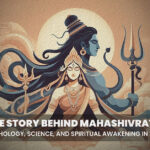
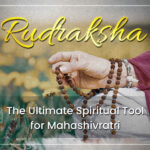

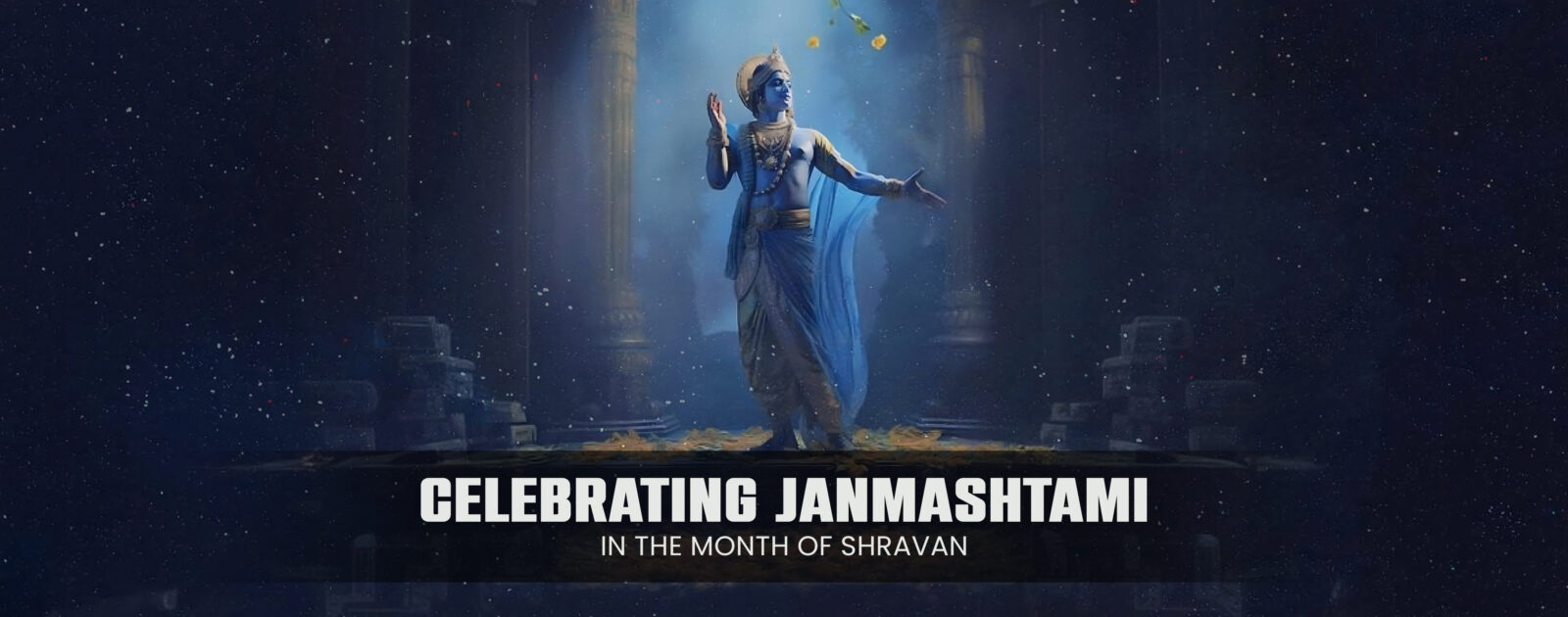
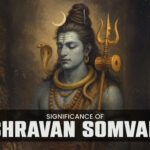
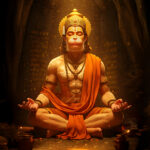
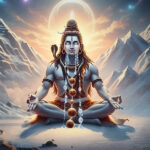
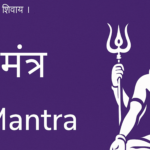
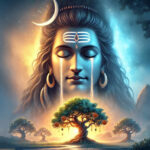
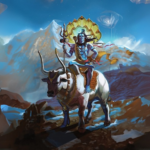
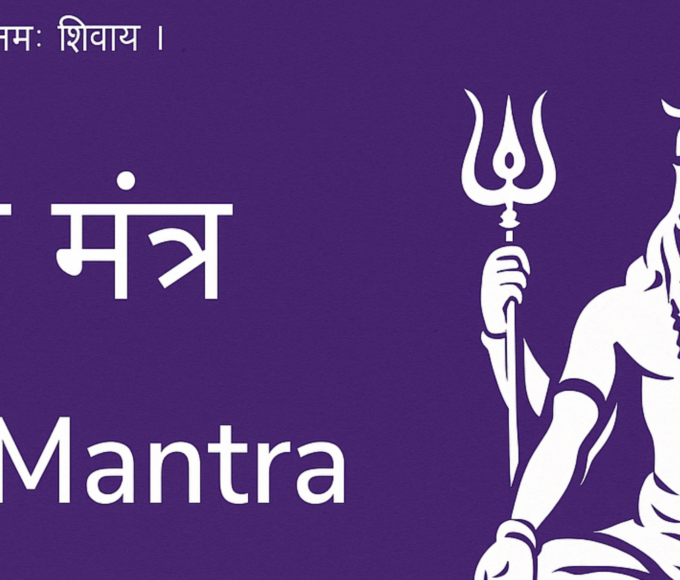
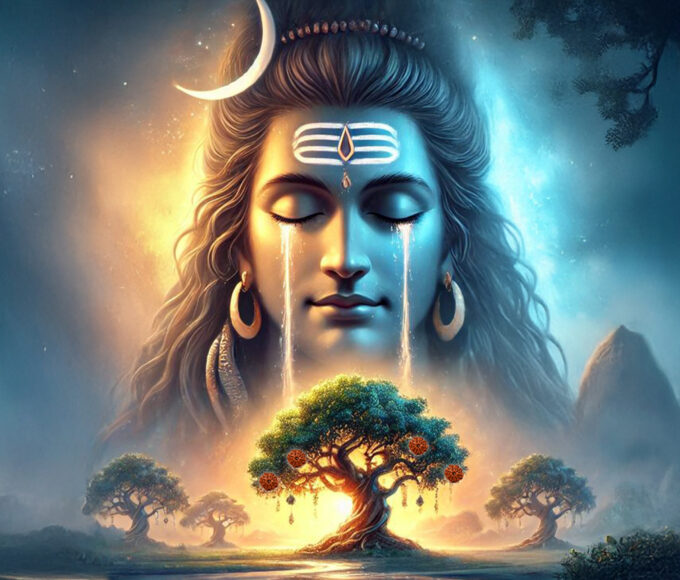
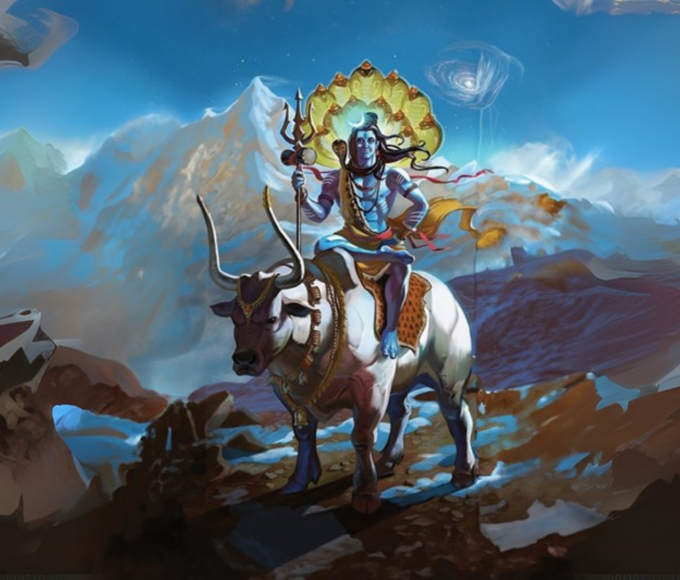

Leave a comment